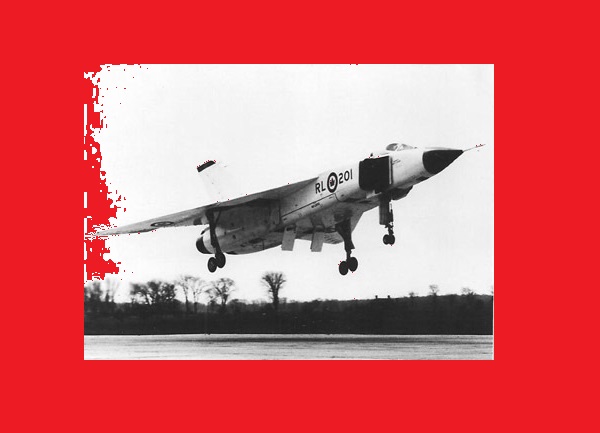EMP Attacks: Expert William Forstchen Describes Cataclysmic Impact
Washington, D.C., 2023 — An electromagnetic pulse (EMP) attack above the center of North America would cripple the already vulnerable energy grid, wiping out power and setting off a cascade of deadly events. But just how real is the threat?

“I believe the threat of America being hit by an EMP weapon is the single greatest danger to the survival of [North] America,” said William R. Forstchen, Ph.D.
Widely considered one of the foremost experts on EMP attacks, Forstchen has been consulted by agencies within the American federal and state governments and has spoken at conferences all over the United States.
Forstchen has also written extensively about the devastating impact of EMP strikes, beginning with his New York Times bestseller, One Second After, a realistic look at a weapon and its awesome power to destroy the entire United States and Canada, literally within one second.
One Second After immerses readers in the terrifying concept of an EMP attack, prompting discussions regarding:
- The frightening specifics about EMP
- The societal impact of an EMP attack
- Hour-by-hour, day-by-day, month-by-month details on the effect an EMP attack would have on a community
- What, if anything, can be done to protect people and the country against an EMP attack?
- If EMP is such a threat, why aren’t we preparing?
- The serious threats facing America regarding physical and cyberattacks on our nation’s infrastructure
The publication of One Second After spawned a series that includes One Year After, The Final Day and the upcoming book, Five Years Later. A feature film based on One Second After is currently being developed.
“EMP is a byproduct of detonating a nuclear weapon,” Forstchen said in an interview. “If you detonate a weapon 200-250 miles above the center of the United States … the gamma ray burst when it hits the upper atmosphere starts a chain reaction. … By the time this hits the earth’s surface at the speed of light, it is a giant electrostatic discharge … it blows out the entire power grid of the United States and Canada. Game over.”
William R. Forstchen is a New York Times bestselling author and holds a doctoral degree from Purdue University with a specialization in military history and technology. He is a noted expert historian and public speaker and has been interviewed on FOX News, C-SPAN, and Coast to Coast on topics ranging from history to technology and cultural issues, to space technology development, to security threats.





